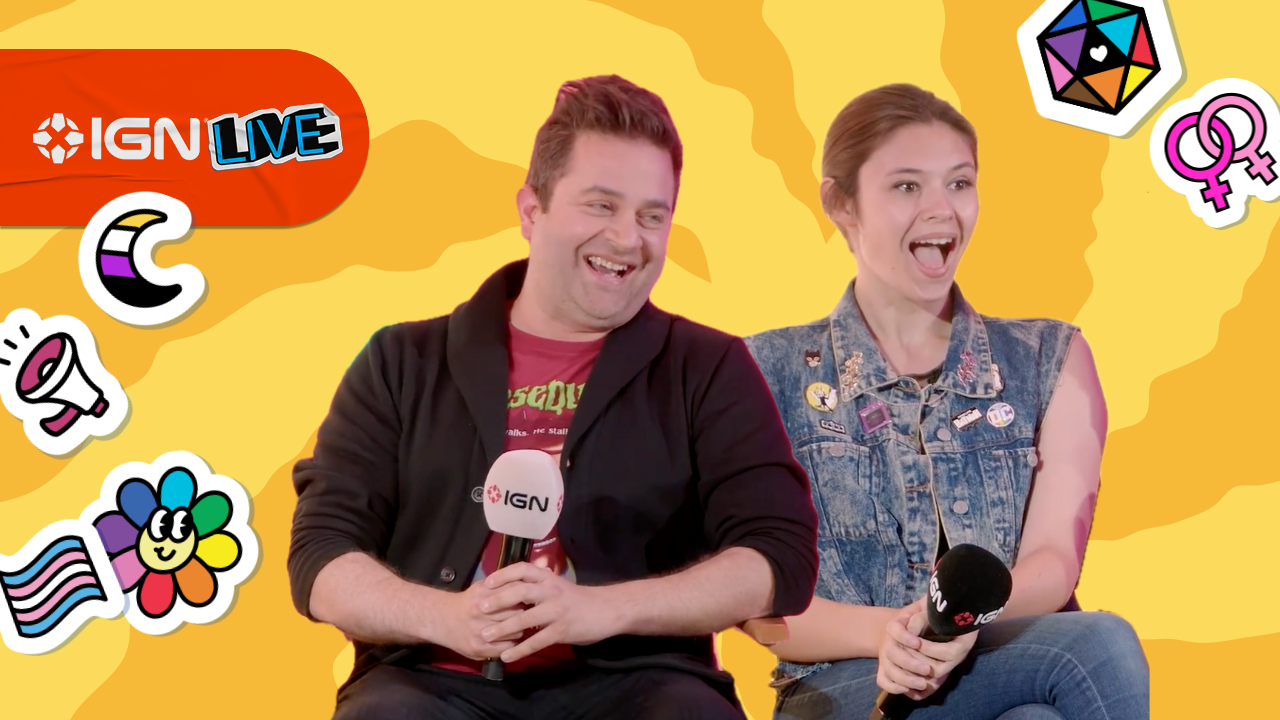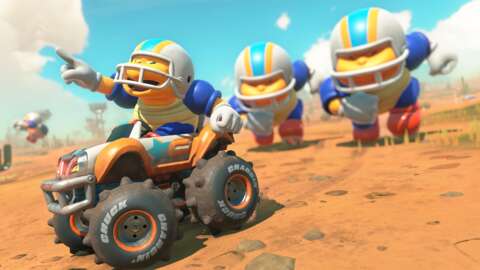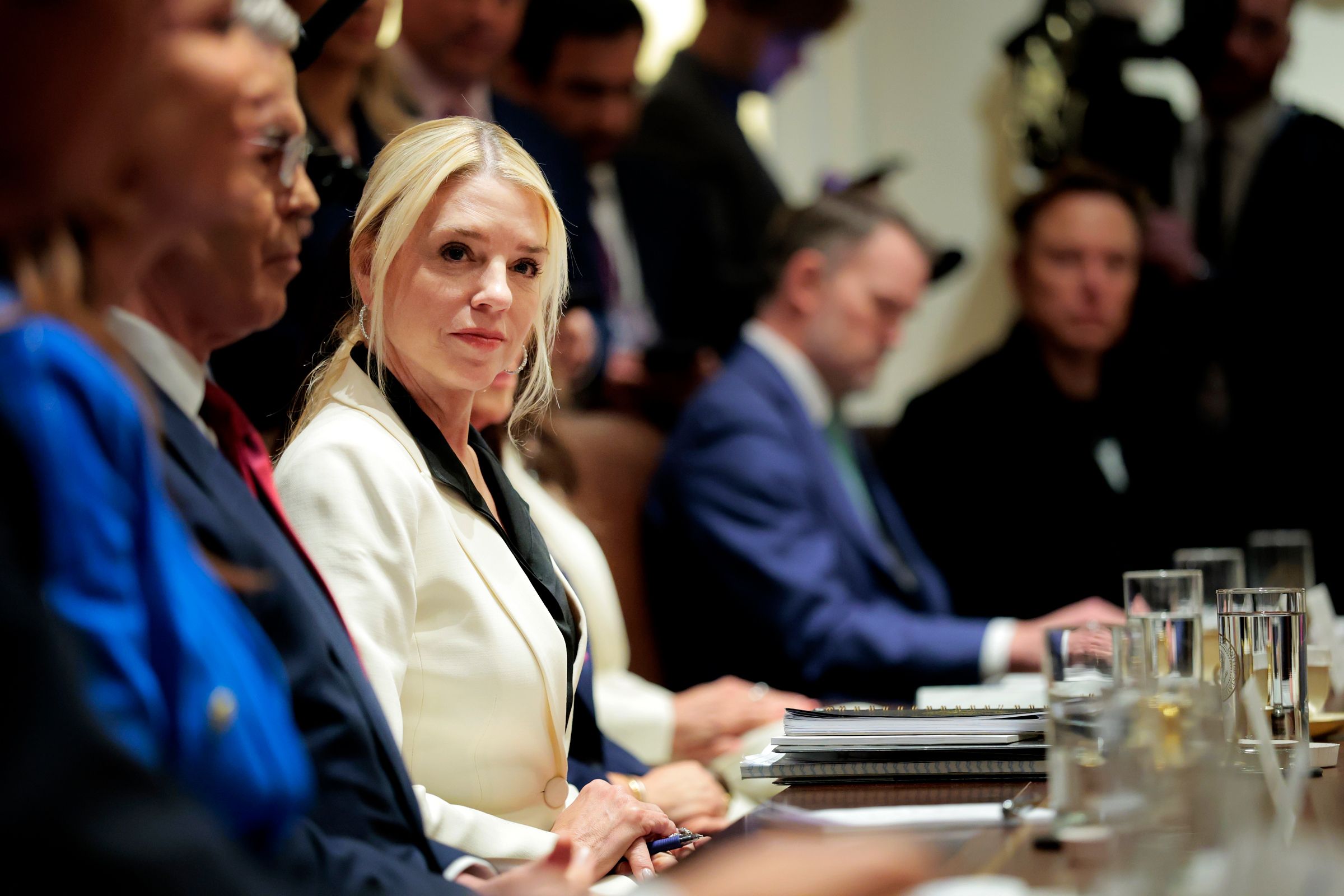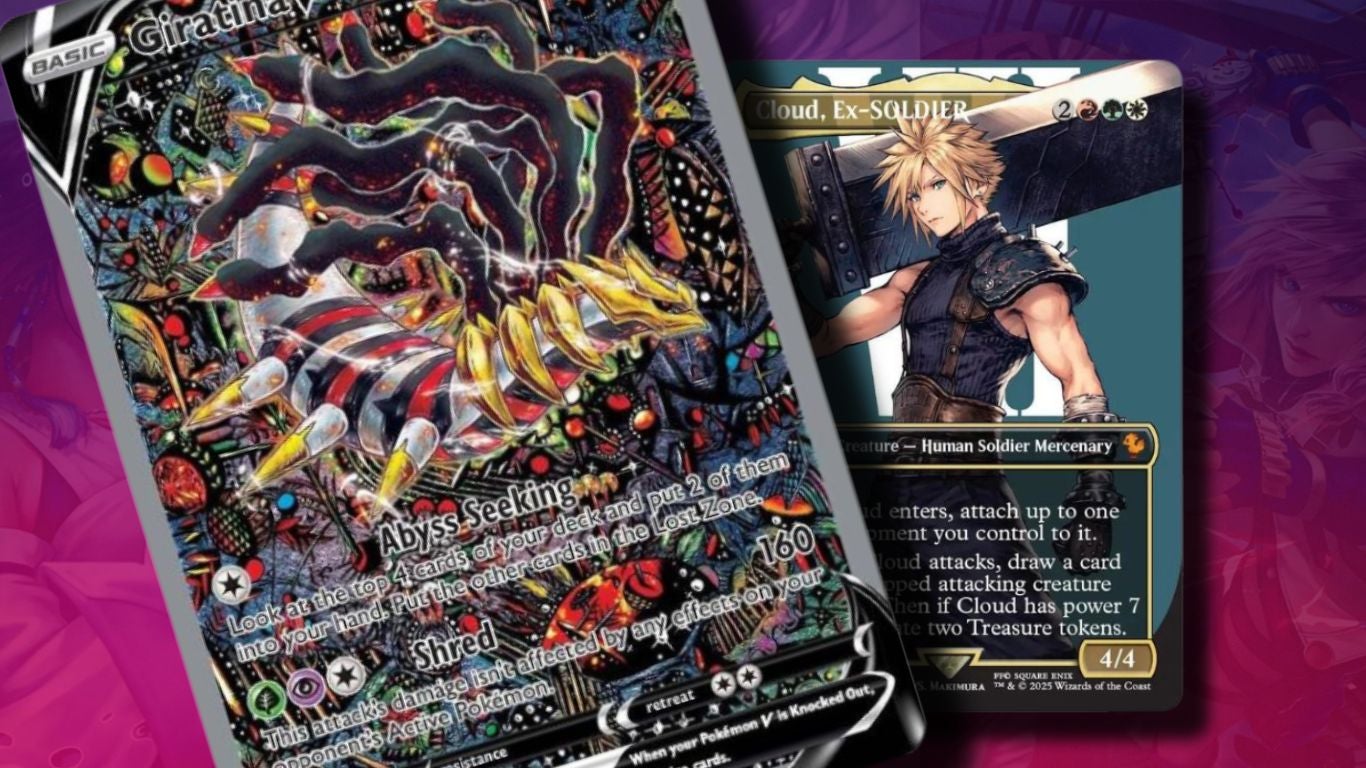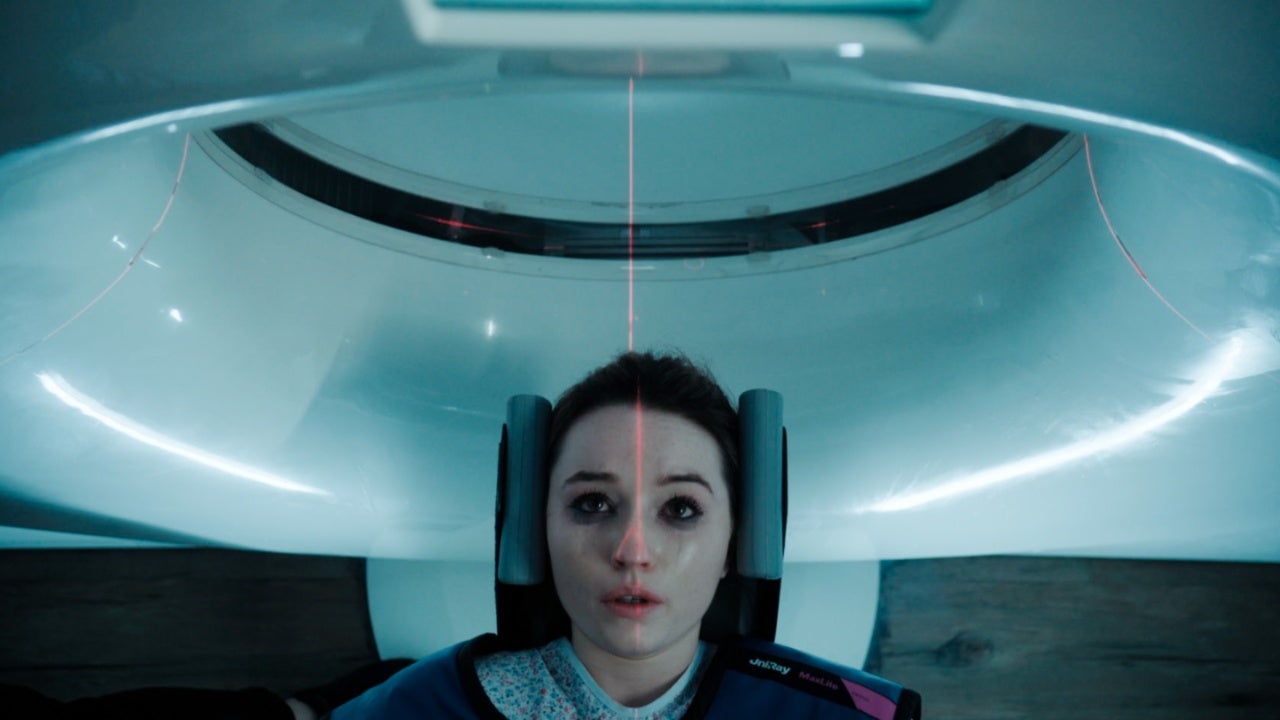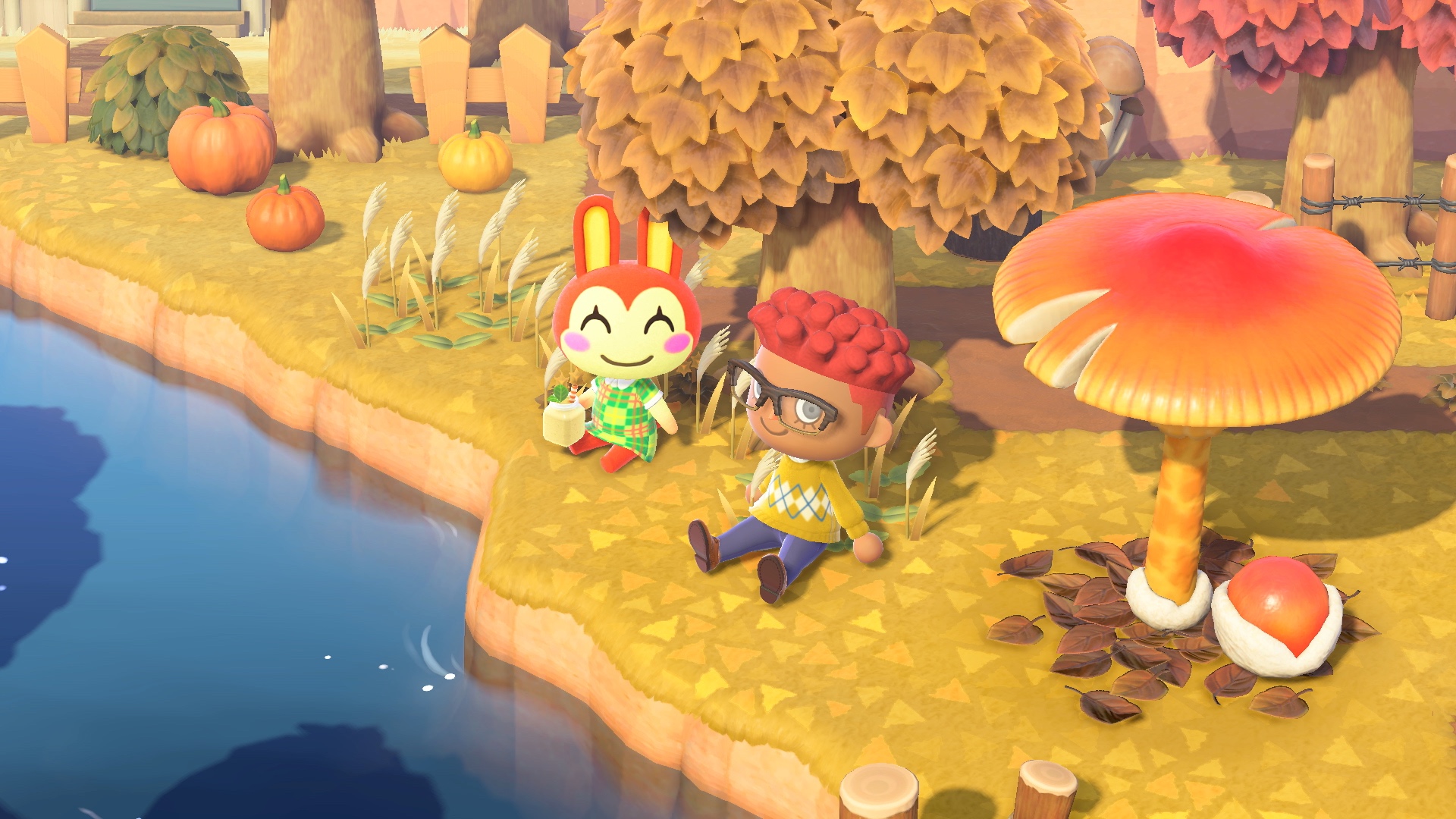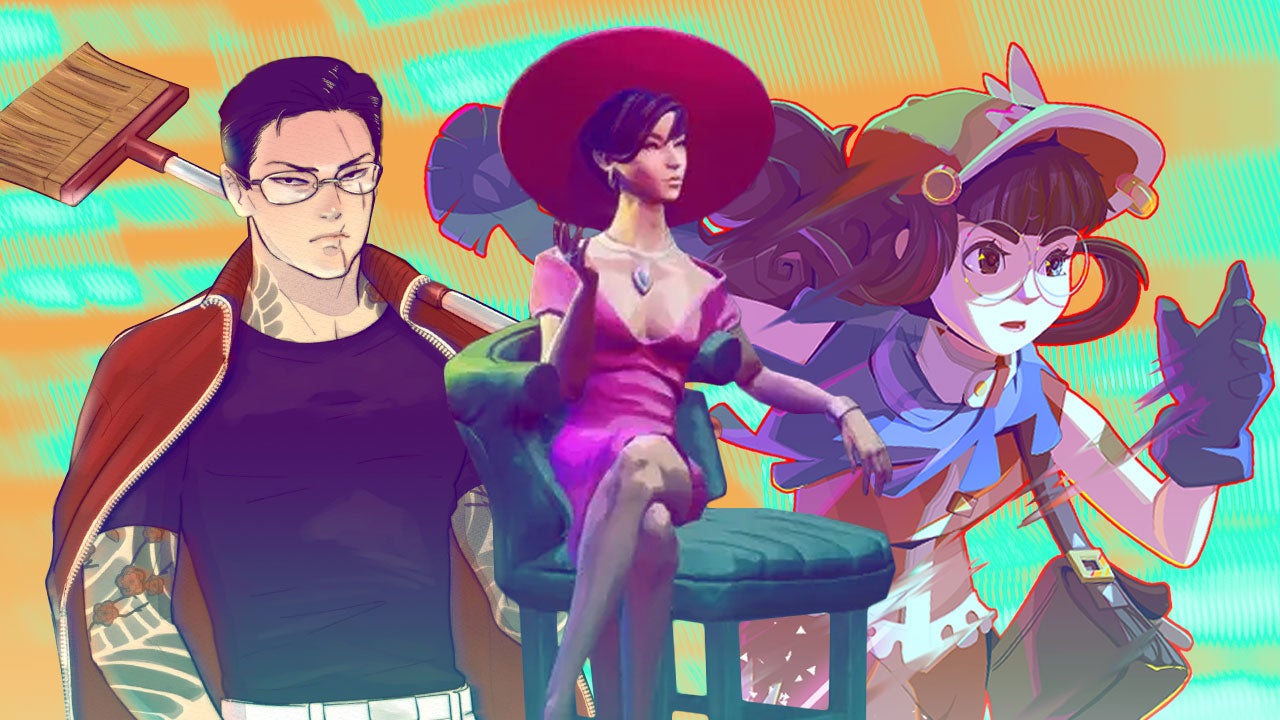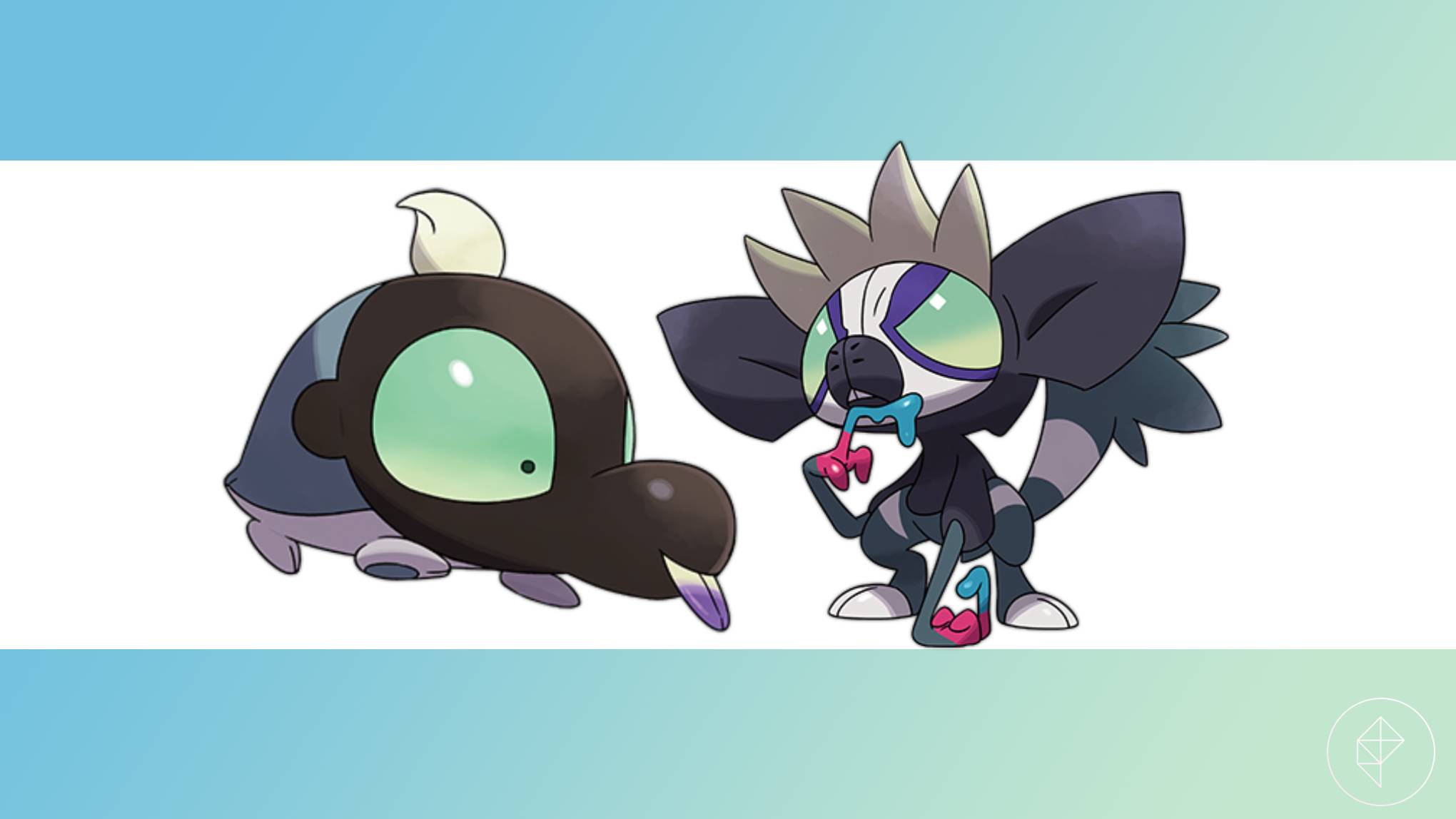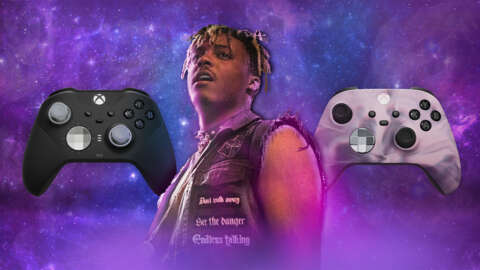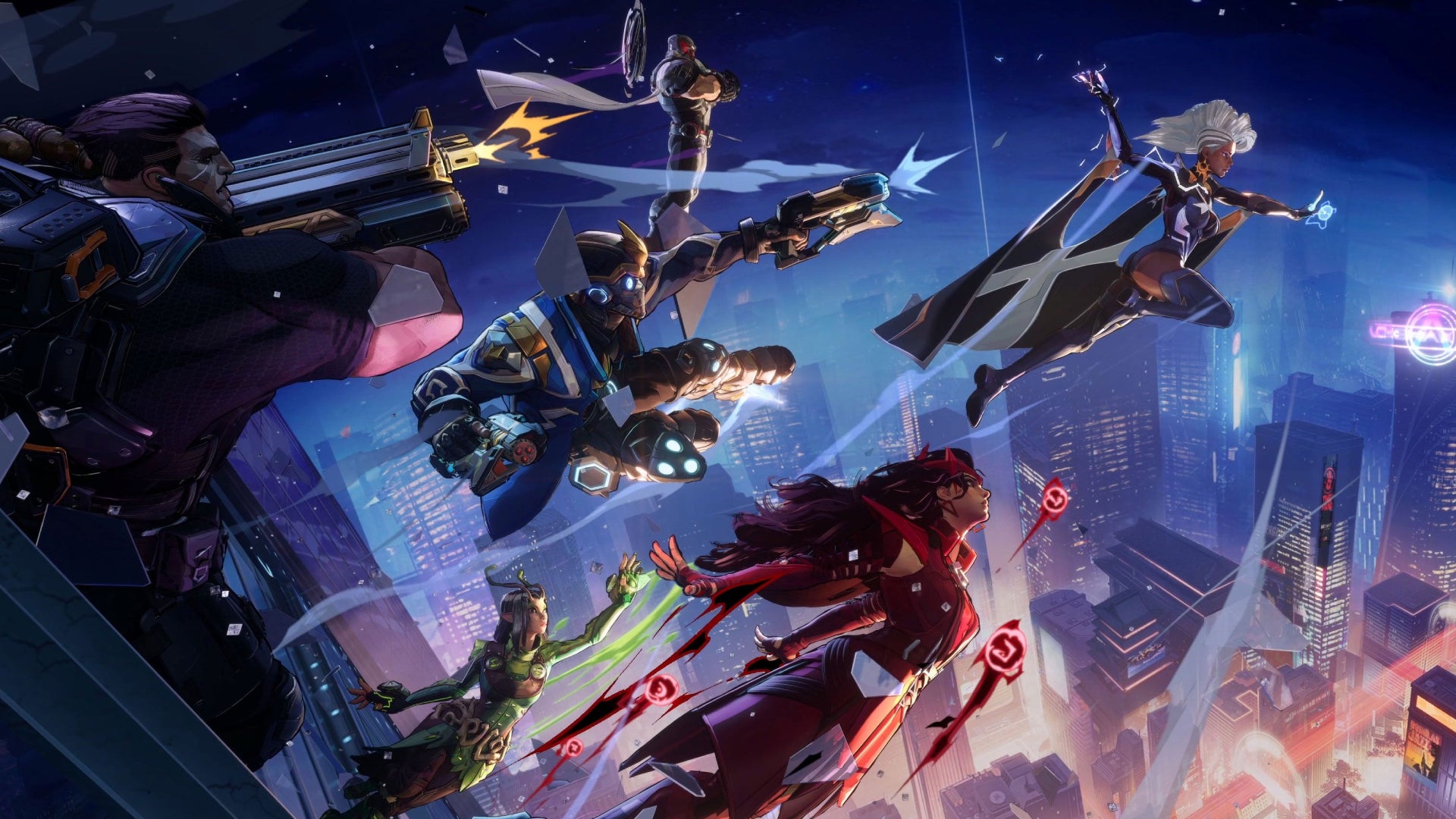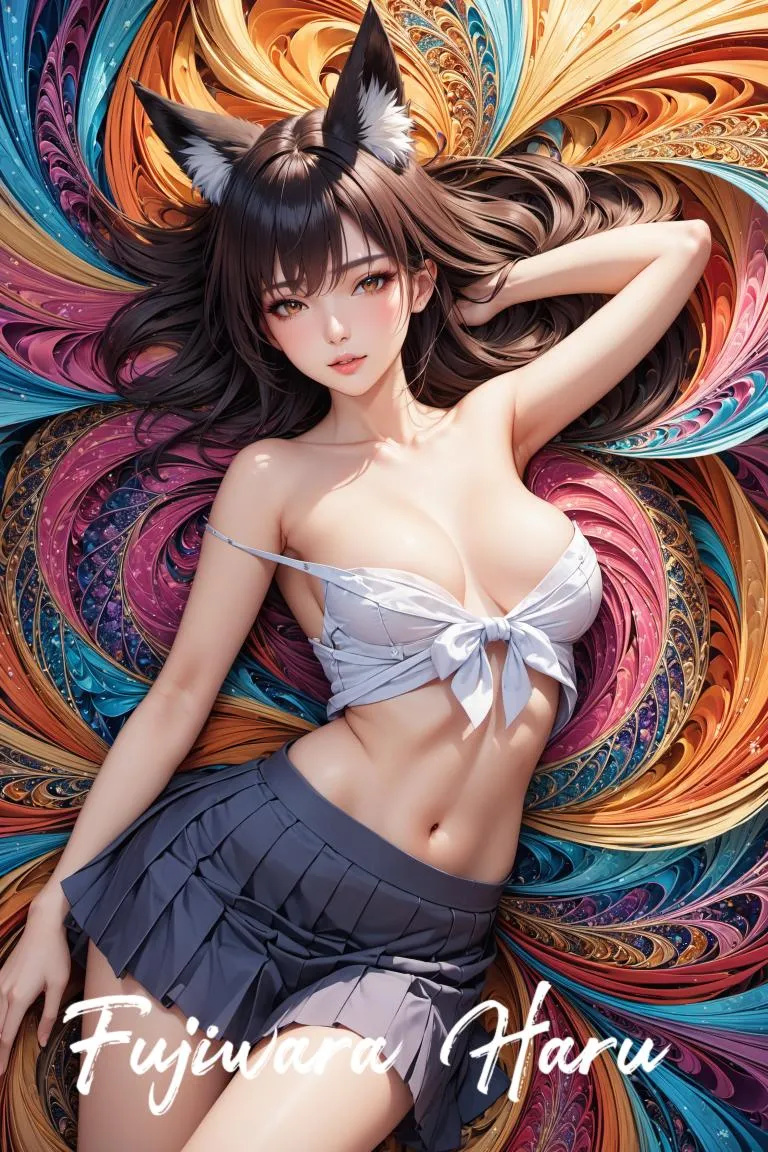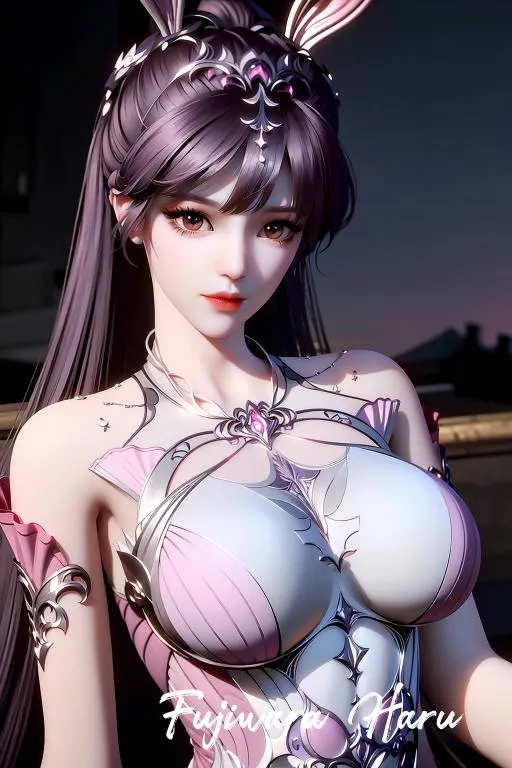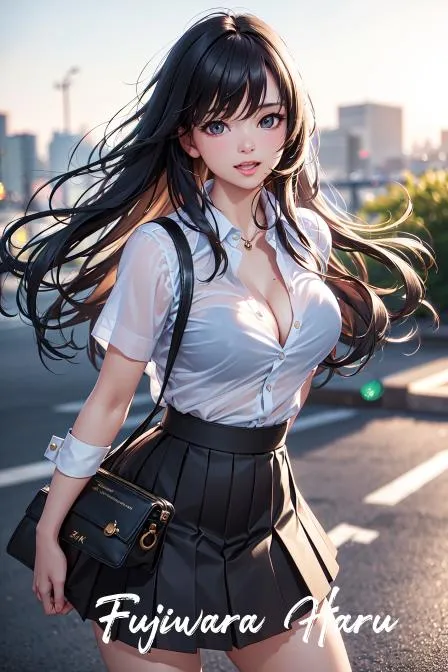
When it comes to queer representation in movies just having a token character isn't enough. In 2025 we may thankfully be past the queer characters always being the scary monsters purely because of their otherness, but we still need to see more complicated roles for the LGBTQIA+ individuals we see on screens. Whether funny, feral or straight f***ed up, more multifaceted characters are a win for stories and the community. We spoke to some stars of the horror genre about why it’s an important issue for the entertainment industry. In case you missed IGN Live, we had a blast in LA earlier this month hosting a two-day fan-based extravaganza with tons of interviews, watch parties, giveaways, and exclusives. (Catch the highlights here.) As the event happened in June, which is also Pride Month, one of our special segments near and dear to my heart was our Pride Panel: Queer Horror Corner, hosted by IGN’s Amelia Emberwing.
To help elevate queer voices in our industry, we invited special guests Michael Varrati (horror filmmaker) and Nicole Maines (actress, Supergirl and Yellowjackets) to join us on stage and talk all about queer cinema; from the troubled past of queer character representation to the hopes and dreams they have for the future. During the panel, we also sprinkled in some surprises, including an indie horror trailer and never-before-seen interview clips with up-and-coming queer creator, Lovell Holder (The Surrender, Lavender Men). If you plan to watch our panel (you should!) or read the highlights below, you can expect everything from hard truths queer people have faced in the industry to many light-hearted moments (what character would you rewrite as queer?) and even some laughs.
Queer Representation Needs More Nuance
During our panel, Nicole Maines made a great point that stuck with me right off the bat: We just need to approach queer characters as real people. We’re past the portrayal of trans characters in movies being painted as only villains and monsters. And, queer voices deserve to be heard without it defining the character’s role; it can just be a small part, and that’s refreshing. Speaking on the panel, she said she wants to see, “Queer characters who are f***-ups and are sometimes the bad guy and have problematic tendencies. It shows how we are multifaceted people. We have flaws, and things that make us awesome. We are human. To be flawed is to be human.”
Maines talked about her role as Dreamer in the TV series, Supergirl, who is a trans character. “One of the things I loved about Dreamer (Nia) is that (being trans) was not the end-all, be-all of her character. That was not the most important thing that was going on in her day. She was a narcoleptic girl failure who could just not seem to figure out the scope of her powers. And that's interesting and that's something that we don't get to see a lot with trans characters.”
We’re moving into a place where someone’s sexuality doesn’t need to define a character, nor does it need to be made known on screen. For example, when asked about Lisa’s character in Yellowjackets being trans or not, Maines confirmed, “We don’t actually even know if Lisa is a trans character or not. I think it’s fun to leave it up to the audience.”
Varrati adds to this point, saying, “Everyone is talking about queer joy, but guess what? I’m also queer pissed. I’m also queer sad…If that’s not being represented, then we're not representing ourselves accurately. We gotta just tell the truth now. We want and deserve nuance.”
I agree that it’s not a time to sugar-coat what it’s like to be queer in 2025. It’s not easy out there, and that’s the truth. There isn’t a gay agenda here; there’s just a need to be seen and included.
Who are the real monsters here?
In my opinion, the real monsters in cinema are the people behind the scenes who don’t value diversity in industry representation and are just seeking profit over creativity. There are still people who will challenge or try to change a project to appeal to the masses (such as asking a creator to adjust the cast or characters), but sometimes that’s not the answer, nor is it what’s needed to “succeed". The industry studios are realizing that what people want to see is themselves, and the audience wants interesting, new stories.
Both Holder and Varrati talked to us separately about how they’ve felt rejected in the past when trying to get funding for their projects. They’ve heard “Queer stories aren’t marketable” or “This didn’t make sense for a larger audience.” But these are stories they needed to get out and maybe didn’t have themselves growing up. These were passion projects that they weren’t willing to change for the masses. “If not now, then when will I get to tell this subgenre of horror that means so much to me that I’m not getting to see?” says Varrati, who made There’s a Zombie Outside happen outside of the studio with his and his friend’s own money. “We knew it wasn’t going to be for everyone, but it was going to be for somebody.” Varrati’s piece of advice here to queer creators is “Go make the thing!”
The Evolution of Queer Horror
It’s no surprise that queer characters have always been around in horror, but they weren’t taken seriously or represented fairly. Maines also cheekily mentioned, "We need to hear Buffalo Bill's side of the story (Silence of the Lambs). That's just a doll trying to get estrogen. What else was she supposed to do? I'm not saying I condone it, I'm just saying--been there."
Maines adds: “From a trans lens, we have often been portrayed as the monster. And now we’re moving into a point where we get to be in on it. We get to be the final girls. We get to actually survive, rather than be the scary, weird, gross man-in-a-dress image that everyone is running from…” Thankfully, we have come a long way since then, slowly but surely.
Varrati agrees, saying, “I often say to people, the idea of queer horror is kind of an oxymoron because Horror as a genre is the genre of the subversive, it’s the genre of otherness. And Queer people have been treated as subversive forever and are used to being othered. In this space, we’ve always found a connection because this otherness speaks to us.”
He also adds how horror has been queer long before cinema. “If you go back to Gothic literature, there were sapphic lesbian vampires preying in the night.”
“... There are so many people waiting to be seen. Until we all have the content for us, there’s still a lot of work to do,” says Varrati. That said, the future of queer representation is promising. “The closet door has been blown wide open. That’s a huge change since 5 years ago.” When asked what he wants to see more of and be involved in for the future, Varrati says in classical Prime Month fashion, "We need more horror musicals." Agreed.
How Comedy and Horror Are Linked to Queerness
In an Out magazine interview last year, queer comedian Margaret Cho discusses how comedy and queer politics are intrinsically linked. This also rings true for the horror and queerness. "When you break them down, horror and comedy are two sides of the same coin. They are mediums of heightened reality and you can use that heightened lens to satirize or critique… so then inherently comedy and horror become political because you can use that lens to address that thing that maybe the mainstream doesn't want you to address," says Varrati. Nicole Maines adds, "What is comedy except tragedy plus timing?"
Speaking of horror and comedy (and political overlap) – During the trailer for There’s a Zombie Outside, a shot of the zombie’s face popped up on a TV screen in a cabin. When shown, Maines shouts in a live reaction, "OMG, it's Marjorie Taylor Greene!" and the audience bursts into laughter, (04:51 in our video). Jokes aside, I really do want to see more films like Varrati’s come to light.
If you could rewrite a character as queer, who would it be?
Before we wrapped, we asked this juicy question to our guests. Varrati answered “I’d like to see a queer Van Helsing. I mean, he’s already super pressed about this guy (Dracula)!” while Maines reminded everyone that although the Wicked witches do 'get down' in the original book, she wants “Gelfie” 2025 to happen in part two of the film, (“Gelfie” is Glinda and Elphaba’s lesbian launch name from the Wicked fandom community). “I want to see them kiss!”
We also heard Lovell Holder’s answer which you can catch in the interview below:
As far as what we can expect next from our guests; hopefully some queer horror musicals (I’m looking at you, Michael Varrati!) and some more queer, slasher films (Maines wants to play the murderer, the murdered victim, or both). I can’t wait to see more queer creators take the spotlight in 2025 and what unique stories they bring next.
For further Pride reading, see these recommendations from our panelists and beyond:
T-Blockers
Varrati recommends T-Blockers: “It’s like Spring Breakers meets Invasion of the Body Snatchers. It’s what Pride is all about.” You can watch T-Blockers for free on Tubi (or rent on Prime Video).
Paris is Burning
Maines recommends watching the 1980s documentary, Paris is Burning (available on most streaming platforms).
Disclosure
Maines also recommends watching the documentary, Disclosure, available to stream on Netflix:
To further support queer creators including Maines, Varrati and Holder, see other projects they've worked on and check them out below.
- READ: Nicole Maine's novel, "It Gets Better . . . Except When It Gets Worse: And Other Unsolicited Truths I Wish Someone Had Told Me"
- READ: Maine's comics including Suicide Squad: Dream Team:
- READ: Wicked: The Life and Times of the Wicked Witch of the West novel by Gregory Maguire’s (44% off on Amazon right now)
- WATCH: Lavender Men film: Watch the trailer here and rent on Prime Video or on Apple TV.
- WATCH: Varrati’s “There’s a Zombie Outside” indie horror is also free to stream now on Tubi.
Also mentioned:
- READ: Sapphic vampire novels. Check out Carmilla (1872) by Joseph Sheridan Le Fanu, one of the earliest vampire fiction stories ever written.
- WATCH: Scream (1996) movie: Stream on Max or Rent/Buy on Prime Video. (Here's where to watch all Scream movies.)
- DONATE: Now is a great time to find out more about LGBTQIA+ orgs and get involved. Here are a few organizations highlighted from our guests to get you started. Equality California, The Trevor Project, and The Ali Forney Center.
Lindsey (she/her) is IGN's Director of Audience Development and Commerce. She's been at IGN since 2021 and has a background in SEO, especially in the gaming, entertainment, and tech media spaces. Find her on Twitter at @LindseySalzer.
